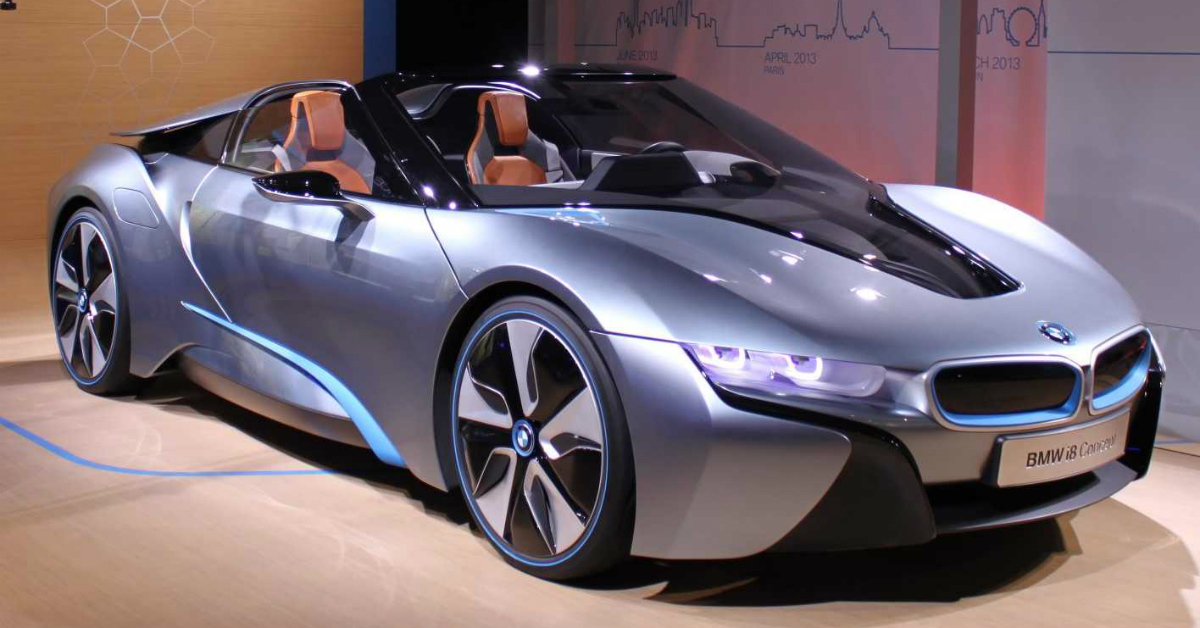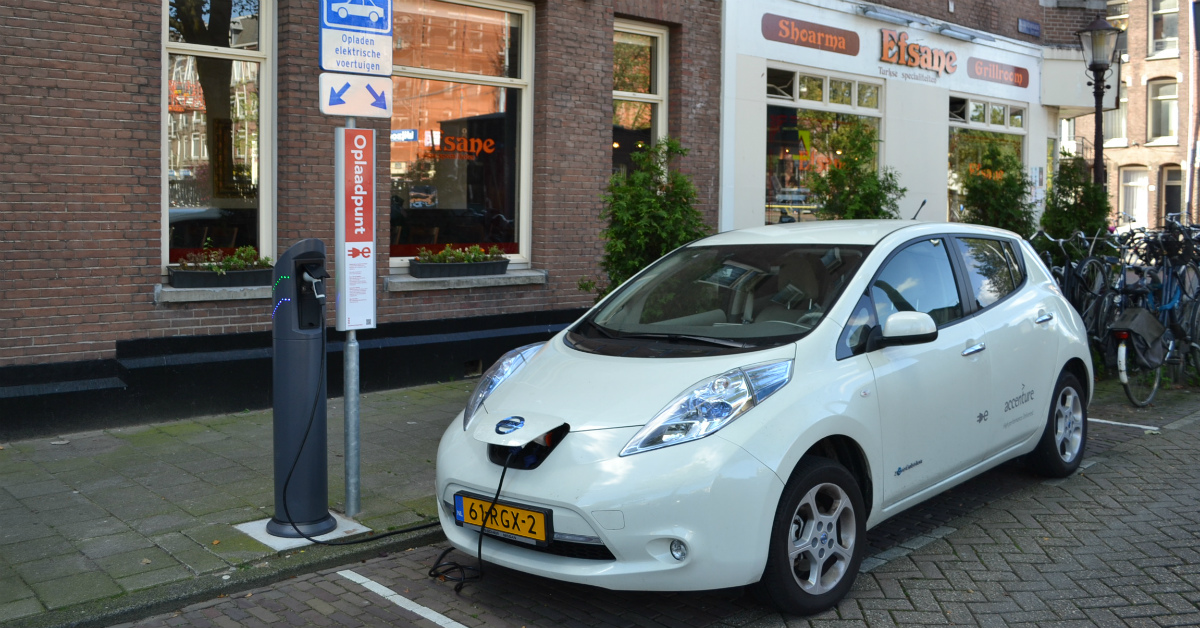NEW YORK, Dec. 31, 2014 /PRNewswire/ — This BCC Research report provides analysis, starting with a summary of the power storage technology involved, detailed profiles of major power source makers, and well-defined consensus, optimistic and pessimistic market scenarios for units sold, value of these units, and prices.
Use this report to:
– Learn about global legislative incentives, including research and development subsidies, manufacturing subsidies and tax breaks, and purchase and operating incentives.
– Receive information about the optimistic, consensus, and pessimistic market prediction scenarios where appropriate.
– Identify leading companies and analyze the market
– Learn about the status and recent events for power source maker companies.
Highlights
– The global electric vehicle (EV) market was worth over $73.0 billion in 2014. This market is expected to reach roughly $109.8 billionby 2019, a compound annual growth rate (CAGR) of 8.5% from 2014 to 2019.
– The global market for pure EVs totaled $25.0 billion in 2014 and is expected to reach about $44.2 billion in 2019, with a CAGR of 12.1% from 2014 to 2019.
– The global market for hybrid electric vehicles (HEVs) reached about $40.6 billion in 2014 and should reach about $54.8 billion in 2019, demonstrating a CAGR of 6.2% from 2014 to 2019.
Introduction & Scope
INTRODUCTION
STUDY GOALS AND OBJECTIVES
Electric vehicles (EVs) have been a commercial reality for more than 100 years. This report author’s grandfather owned a thriving business that provided Exide lead-acid
battery packs to 1920s EV users. Shortly thereafter, inexpensive gasoline and an ever-increasing desire for performance ended widespread EV use. Oil shortages and an
increased concern for the environment began to revive the industry in the 1970s, but wide adoption of various types of EVs always seemed just beyond the horizon—as soon
as gasoline cost more than $1 a gallon, or $2, or $4; or as soon as batteries improved to the point at which they could power a car for 40 miles; or as soon as batteries could
be recharged in less than six hours.
All these technological and market forces were resolved or exceeded, and during the first five years of the 21st century, the lead-acid battery-powered EV market began a
slow, steady period of growth. The second five years saw widespread use of nickel hydride battery-powered hybrid electric vehicles (HEVs), the commercial production of
pure battery-powered EVs in many niche markets, very wide adoption of (usually) lead-acid battery-powered scooters, and commercial-scale demonstrations of fuel cell
vehicles.
Read the full report: http://www.reportlinker.com/p02584390-summary/view-report.html
About Reportlinker
ReportLinker is an award-winning market research solution that finds, filters and organizes the latest industry data so you get all the market research you need – instantly, in one place.
__________________________
Contact Clare: clare@reportlinker.com
US: (339)-368-6001
Intl: +1 339-368-6001
SOURCE Reportlinker
RELATED LINKS
http://www.reportlinker.com
This post may contain affiliate links. Meaning a commission is given should you decide to make a purchase through these links, at no cost to you. All products shown are researched and tested to give an accurate review for you.


